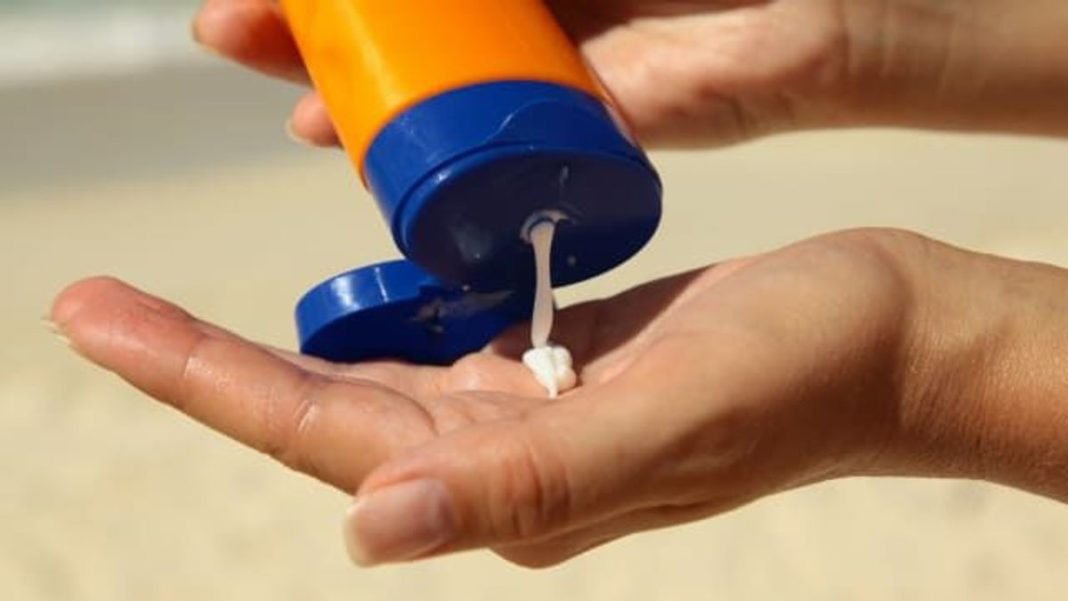The chemicals in sunscreen don’t just sit on top of the skin, they absorb in the bloodstream, according to new research from the U.S. Food and Drug Administration.
A study published Monday in the peer-reviewed medical journal JAMA found that several active ingredients in different sunscreens enter the bloodstream at levels that far exceed the FDA’s recommended threshold without a government safety inspection.
“However, sunscreens have not been subjected to standard drug safety testing, and clinicians and consumers lack data on systemic drug levels despite decades of widespread use,” former FDA chairman Robert Califf and JAMA Dermatology Editor in Chief Kanade Shinkai wrote in an editorial accompanying the study.
The 24 participants in the study were instructed to apply one of four different kinds of sunscreen spray, lotion or cream four times per day for four days on all areas that wouldn’t be covered by a swimsuit.
Researchers then measured the concentration of four different active ingredients in the participants’ blood: avobenzone, oxybenzone, octocrylene and ecamsule. If the absorption exceeds 0.5 ng/mL, the FDA recommends “nonclinical toxicology assessment including systemic carcinogenicity and additional developmental and reproductive studies.”
Oxybenzone is also believed by scientists to be toxic to coral reefs, which has led Hawaii to ban sunscreens that contain it.
The FDA has previously included those four chemicals on a list of ingredients that need to be researched further before they can be considered generally safe and effective. However, study authors note the results don’t mean that people should stop using sunscreen.
“Just because they are absorbed doesn’t mean they are unsafe,” study coauthor Theresa Michele, director of the division of nonprescription drug products at the FDA, told NBC News. “That’s why we are asking for additional data.”
The American Academy of Dermatologists released a statement in response to the study, encouraging people to continue using sunscreen with an SPF of 30 or higher along with other protective measures.
“These sunscreen ingredients have been used for several decades without any reported internal side effects in humans,” AAD President George J. Hruza said in the statement. “Skin cancer is the most common cancer in the United States, and dermatologists see the impact it has on patients’ lives every day. Unprotected exposure to the sun’s ultraviolet rays is a major risk factor for skin cancer.”
There were nearly 300,000 new cases of melanoma in 2018, making it is the 19th most commonly occurring cancer in men and women, according to the World Cancer Research Fund.
The FDA recommends applying sunscreen of SPF 15 or more every two hours, even on cloudy days; limiting your time in the sun especially between 10 a.m. and 2 p.m., when the sun’s rays are most intense; and wearing clothing that covers skin that may be exposed to the sun, such as long sleeves and wide-brimmed hats.



























